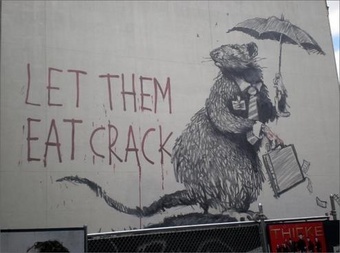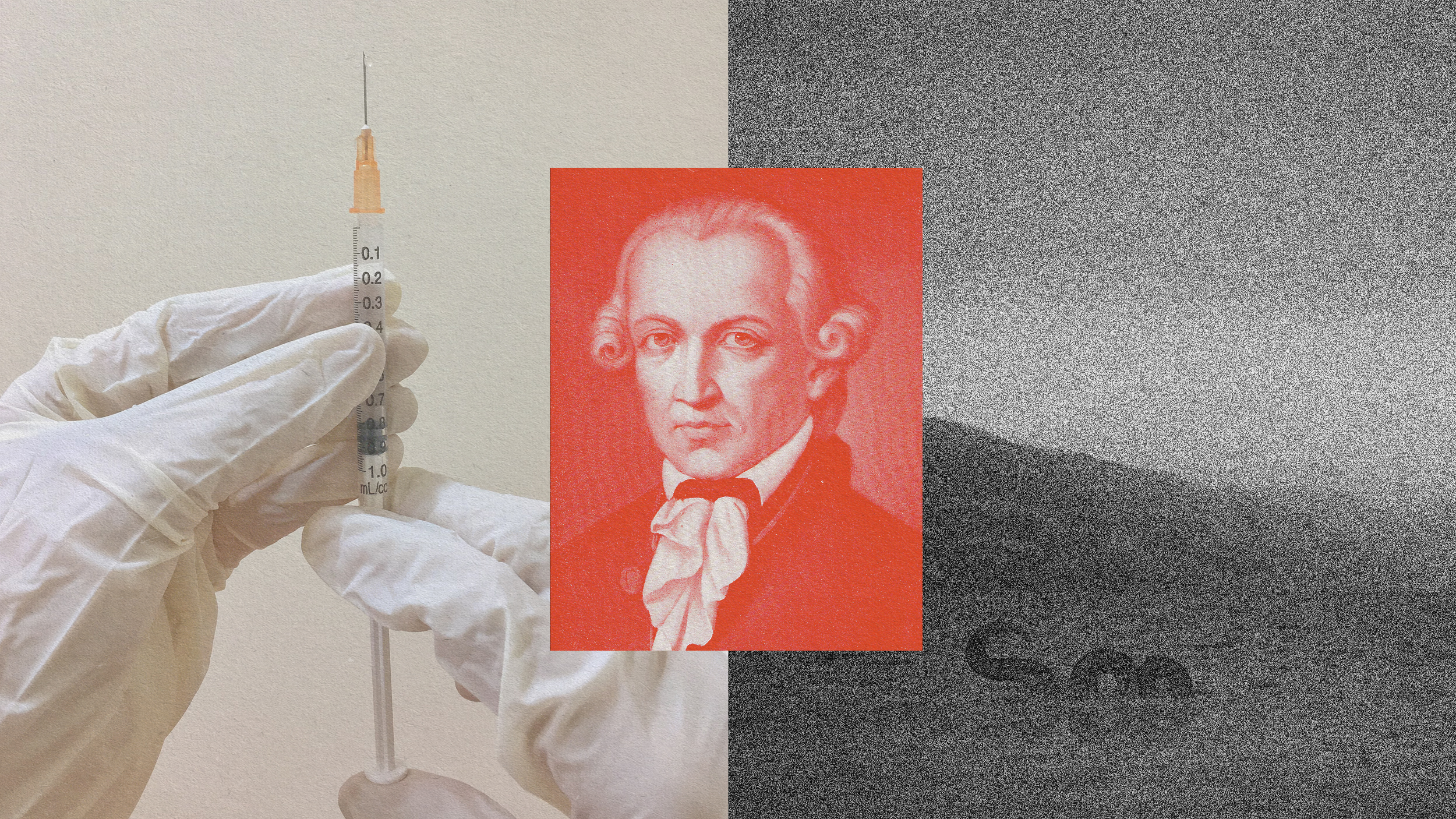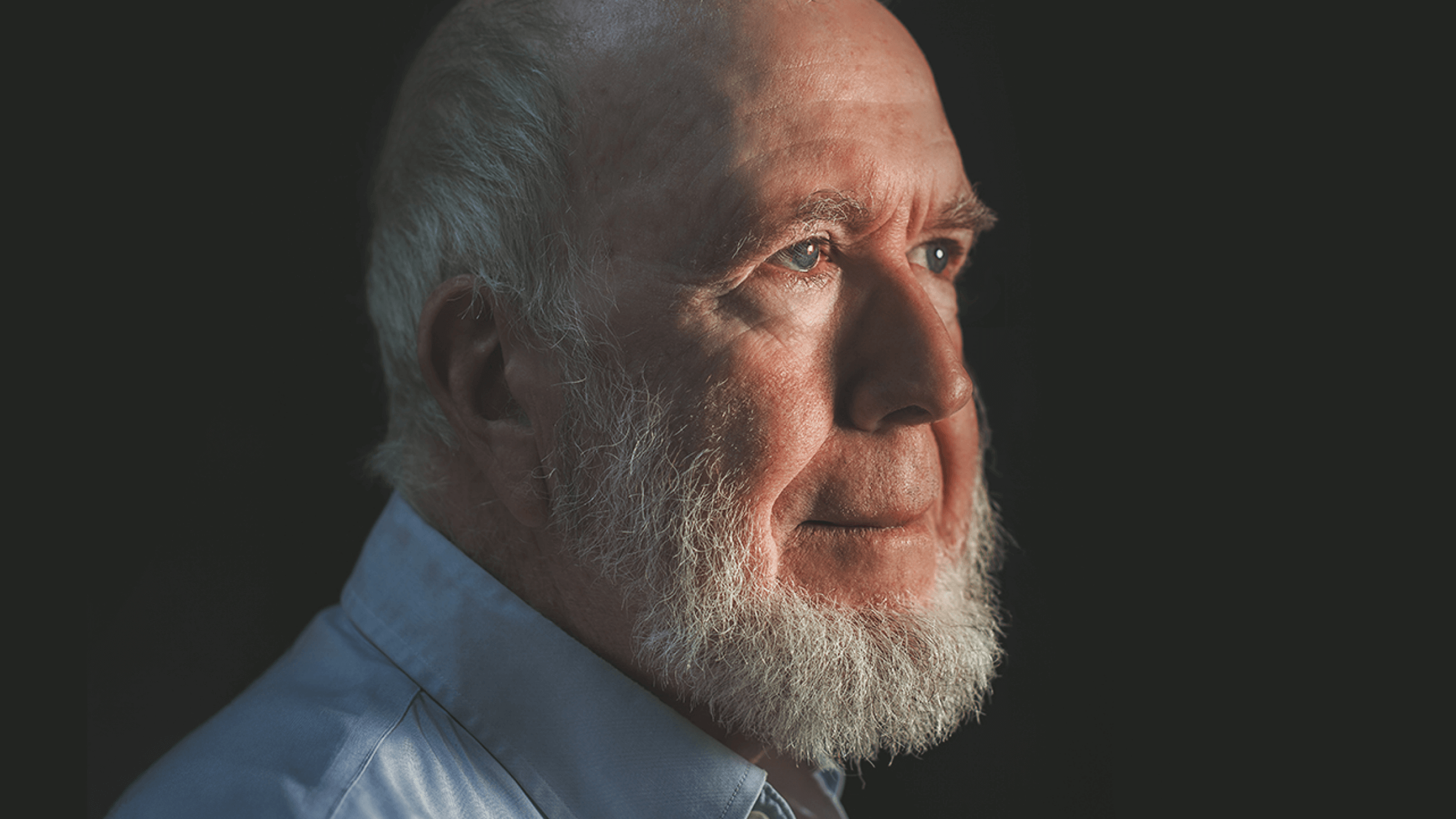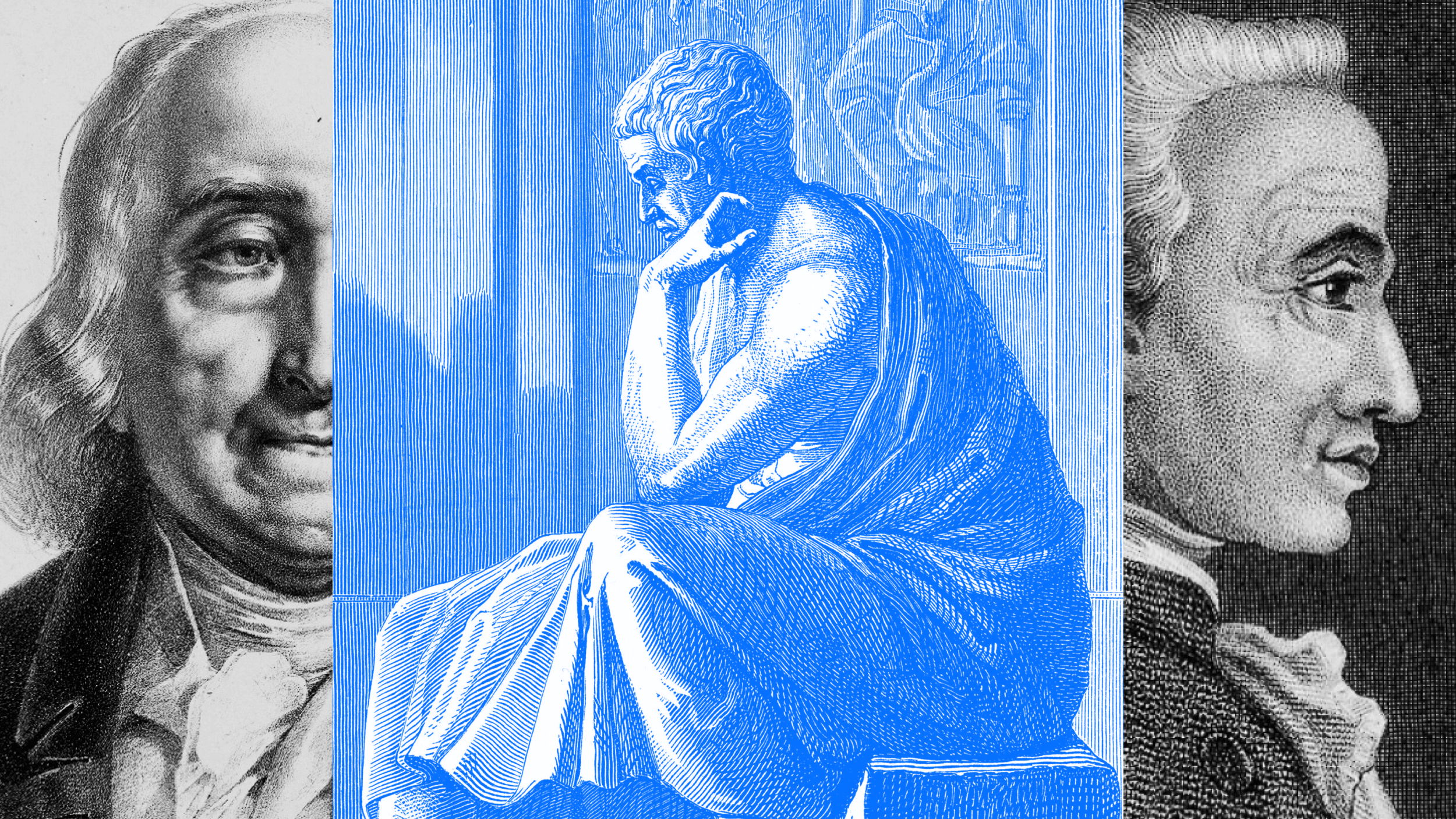Where Thrill-Seekers Are Made, Not Born

What causes people to act as they do — the way they’re made, or the way they make, as they go through life? Often in the mind sciences, stable traits (what you are) or changing situations (what you are doing) are set against each other as explanations for our habits and follies.
Practically speaking, of course, you need both trait and situation to explain a person’s behavior. But thinking in abstractions can help clarify how innate characteristics and accidental circumstances interact to make shape people’s lives.
Consider alcohol: Drinking it is linked to risk-taking behavior in teen-agers (surprise, surprise). But what is cause there, and what is effect? Maybe heavy drinking inclines people to a taste for risk (a situational explanation). On the other hand, maybe an inborn love of risk causes some to drink a lot (a trait explanation).
Which fits best? That’s a question research can answer. In a recent experiment, Nicholas A. Nasrallaha, Tom W. H. Yanga and Ilene L. Bernstein of the University of Washington created a population of hard-drinking adolescent rats by letting them have “access to alcohol in a palatable gel matrix” (better known on fraternity row as a “jello shot”). Another bunch of rats had to be content with getting high on laboratory life — no alcohol for them.
Later, both sets of rats were put on a normal, respectably sober diet. Then, the experimenters gave both groups a test of their appetite for risk. Each rat had to choose between pressing a lever that guaranteed two sugar pills or a lever that sometimes gave up four treats and sometimes paid nothing.
Even three months later (well into adulthood for your average rat, which lives about two years), the boozers were significantly more inclined to gamble on that all-or-nothing lever.
So in this lab, it’s alcohol use that causes thrill-seeking, not the other way around. And it’s not a temporary blip, either, but a long-lasting effect. Even a stable personality trait, it seems, can be rooted in a situation.





